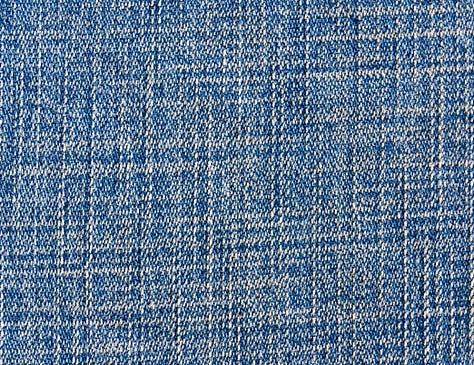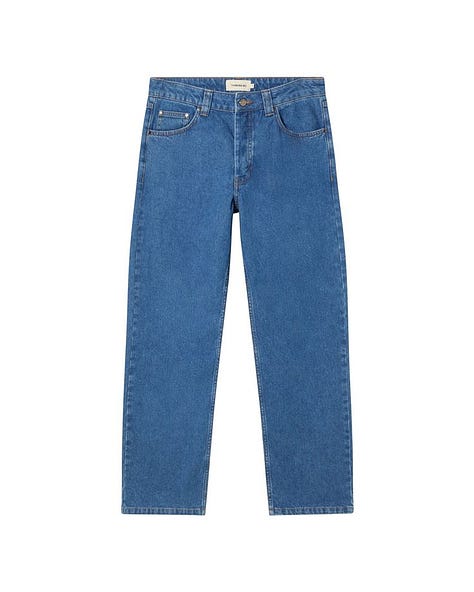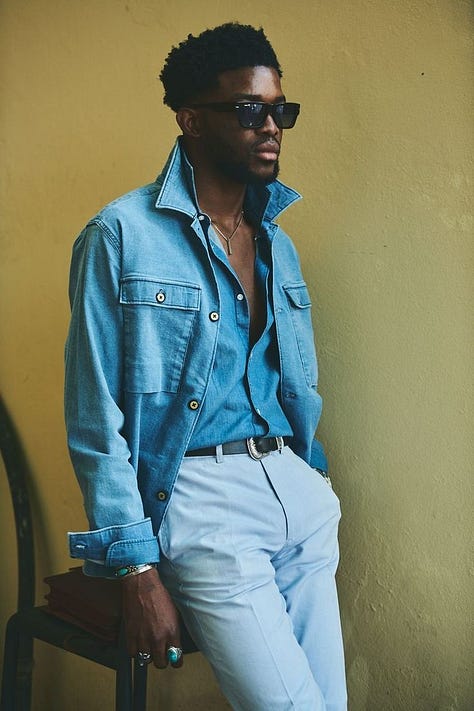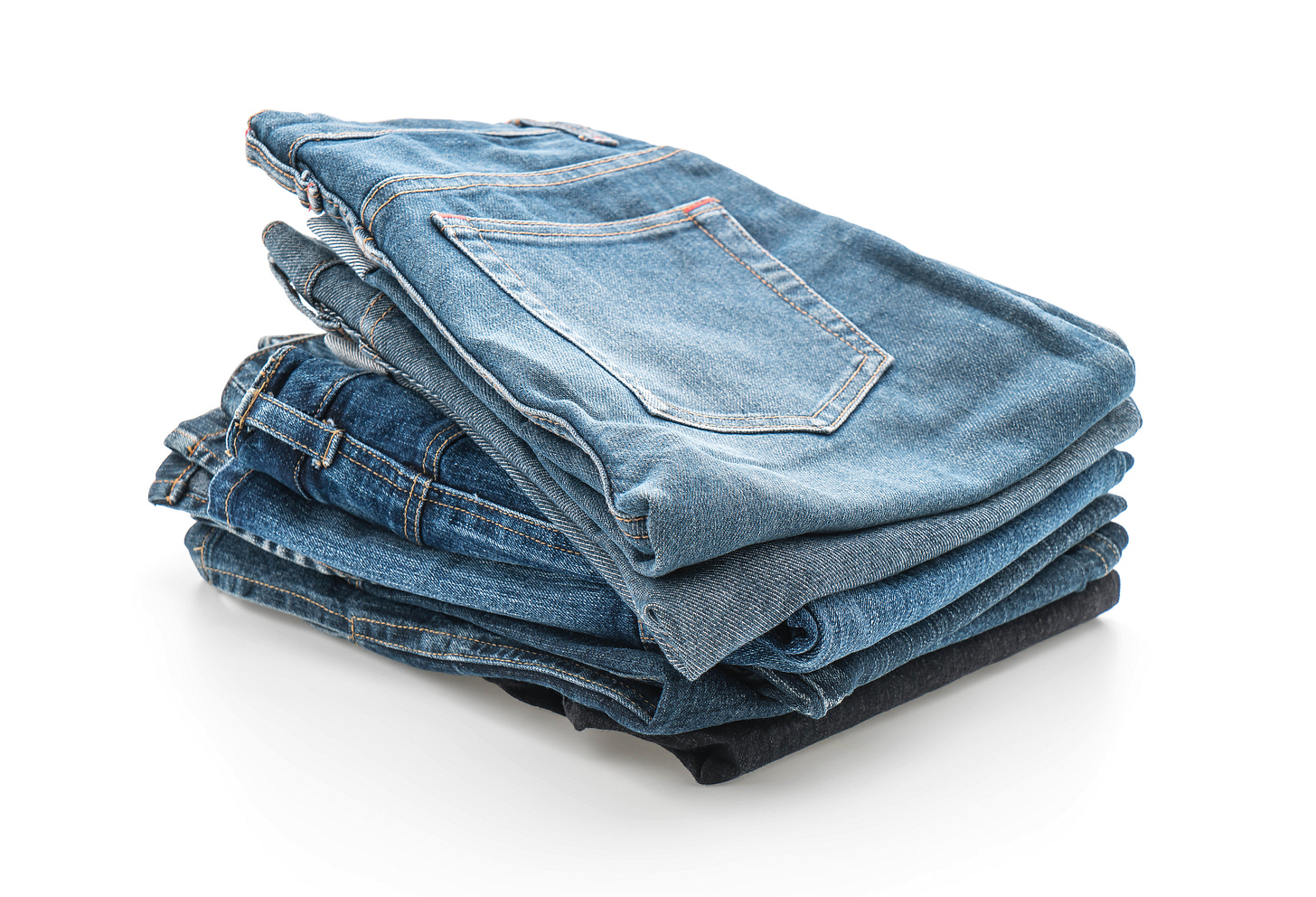If you’re new here, welcome!
I’m Dzifa Ababio, and for the past 14 years, I’ve been deeply immersed in the world of menswear. My journey began right after college when I started sharing my outfit looks on a blog called Spotes for Esquires. This passion eventually led me to step away from a legal career and dive into entrepreneurship, pursuing an MBA and a brand management role with a Fortune 500 company along the way.
These days, I channel my experience and passion into curating collections of refined, versatile pieces designed to endure the test of time. I invite you to join our community—be the first to shop my menswear collection by signing up for the waitlist here.
Separately, I’m an Ashtanga Yoga student and I practice Mysore style 3 times each week. I also teach yoga and I am actively building a community of yoga enthusiasts across Africa. You can explore my personal yoga journey here and my community building activities here.
Consistency has been a challenge, but for the past several weeks, I’ve committed to writing this column weekly. Here, I explore the finer details of menswear, sharing insights to inspire and inform.
Enjoy the read, and remember to KISS—Keep it Simple & Stylish.
Denim or Jeans - A Brief History and Evolution
I’d be lying if I said I remember the first pair of jeans I owned. For as long as I can remember, jeans have been a staple in my wardrobe. In my adult life, I’ve lived in seven different cities across the world. Alongside the usual Hanes undergarments and Vans sneakers, one item that has consistently featured in my wardrobe is a pair of jeans. I’ve worn jeans from well-known global brands with some of my favorites being from the American classic, Old Navy, and the Japanese minimalist brand, Uniqlo. Before diving into this fascinating world of denim, it's worth understanding where denim came from and how it evolved into the iconic fabric we know today.
Some Call it Jeans
In the mid-1500s, merchant sailors in the Italian city of Genoa wore durable trousers made from a tough twill fabric. This fabric, known for its diagonal weave, was so closely associated with the city that it became known as "Genoese" or "Genes." Over time, the word "Genes" evolved into the term we now recognize as "jeans."
Some Call it Denim
Meanwhile, across the border in France, the city of Nîmes was gaining a reputation for its textile production. A sturdy fabric called "Serge de Nîmes" began to be produced in larger quantities and exported across Europe. The name "Serge de Nîmes" eventually shortened to "denim," a term that would become synonymous with durability and style.
The Birth of Modern Denim
The denim we wear today has its origins in the 1860s, thanks to Levi Strauss & Co. Initially, the company produced work pants from stiff canvas fabric, but customers began requesting a softer, yet equally durable, option. Levi Strauss & Co. responded by incorporating denim, or Serge de Nîmes, into their collection, creating the first true pair of jeans as we know them.
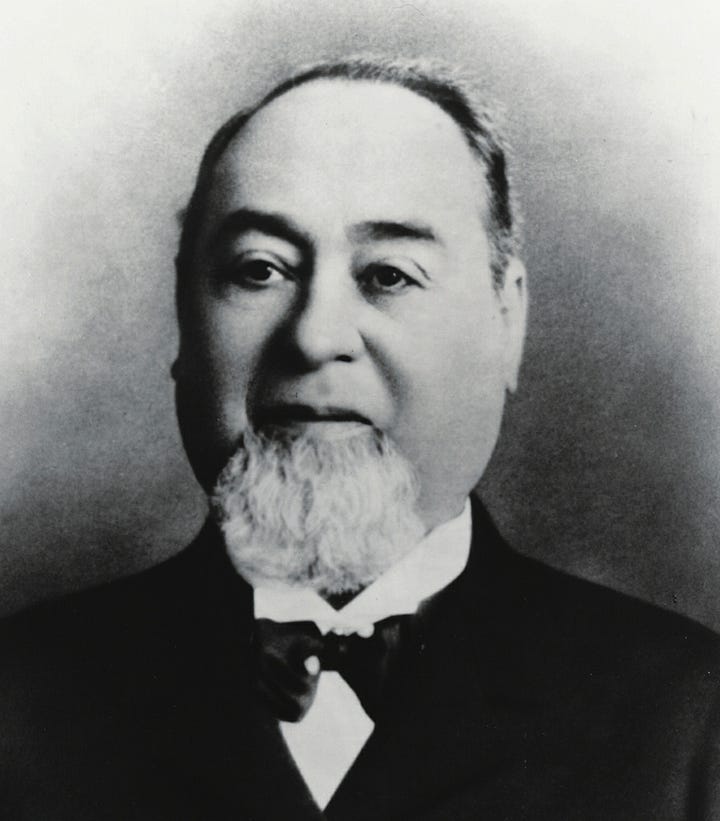
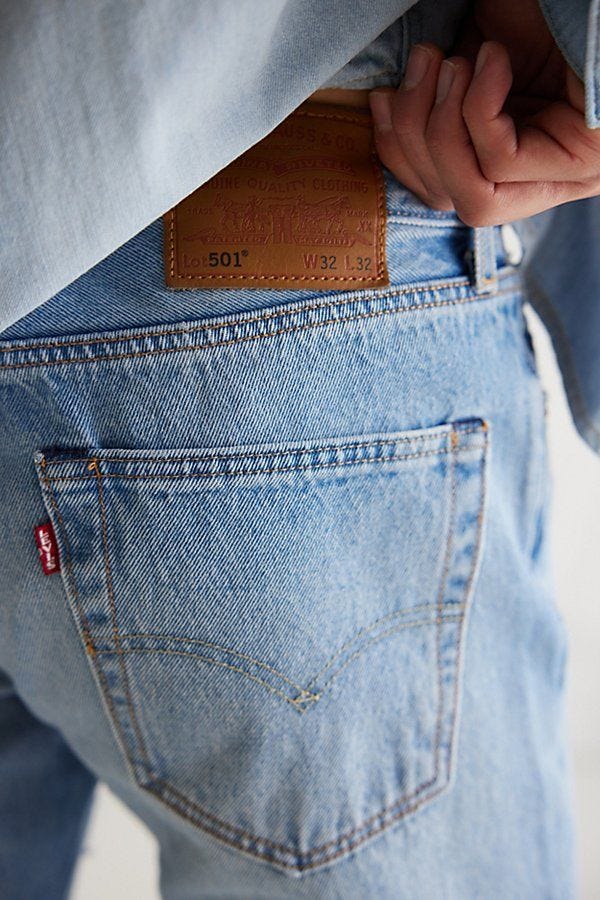
Denim in Popular Culture
By the 1950s, denim had taken on a new identity. No longer just for workers, jeans became a symbol of youthful rebellion and coolness in America. Hollywood icons like James Dean and Marlon Brando popularized jeans, transforming them from practical workwear into a fashion statement. The industry exploded, and jeans became a wardrobe essential for people across the globe.
Denim vs. Jeans: Are They Interchangeable?
While many people use the terms "denim" and "jeans" interchangeably, they’re not exactly the same thing. Denim refers to the fabric—a durable twill weave that can be made into various garments. Jeans specifically refer to the pants made from this fabric. Despite this distinction, if you walk into a store and ask for "denim," you’ll likely be directed to the jeans section. The close association between the two has made them practically inseparable in our minds and wardrobes.
